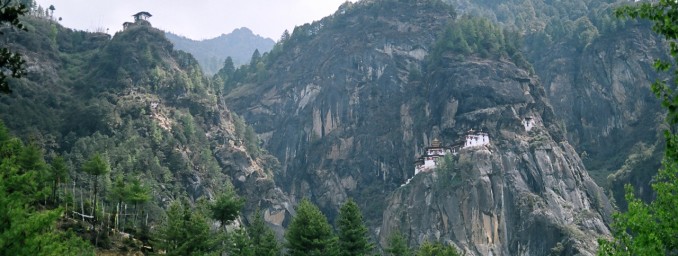International Mountain Day Dec 11
December 11th, 2016
High Altitude Travel Destinations
Dec 11th is #InternationalMountainDay
What’s on your travel bucket list this year? Are you thinking of hiking the Inca Trail to gaze at the wonders of Machu Picchu? Want to visit the mystical Potala Palace in Lhasa, Tibet? Maybe skiing in Colorado is your plan or you fancy a trek up Africa’s Mount Kilimanjaro. If you’re not feeling quite that energetic, a leisurely ride on the stunning Aiguille du Midi cable car near Chamonix, France or a pleasant stay in Quito, Ecuador might be more your speed.
There’s no doubt all these adventures can be an incredible experience, but beware: they also have the potential to put you at risk of altitude sickness.
Altitude sickness (also called AMS or Acute Mountain Sickness) isn’t just something that happens to mountaineers and skiers – it can affect any traveller who ventures into the world’s higher altitudes. This health risk should never be underestimated – it can be debilitating enough to ruin an otherwise perfect holiday and serious enough to cause death.
When is altitude sickness a risk?
Most of us aren’t bothered too much by altitude sickness below 2500 metres (8,000 feet) but everyone reacts differently to thinner air. Even on top of Mount Kosciuszko (2228 metres), there’s only about 75% as much oxygen as at sea level, so those with asthma or other medical conditions could find themselves altitude-affected to some extent even here in Australia.
The real problems occur when we fail to appreciate the potential dangers of higher elevations overseas.
How high do tourists go?
Here are just a few popular holiday spots where you might run into a bout of altitude sickness:
· Mount Kilimanjaro, Tanzania (5895 metres)
· Mount Everest Base Camp, Nepal (5364 metres)
· Mount Kinabalu, Malaysia (4095 metres) – Borneo’s highest mountain
· Puno, Peru (3830 metres) – the famous ‘city by the lake’ at Lake Titicaca in the Andes
· Mount Fuji, Japan (3776 metres)
· Lhasa, Tibet (3656 metres)
· La Paz, Bolivia (3650 metres) – the highest capital city on earth
· Jungfraujoch, Switzerland (3454 metres) – Europe’s highest train station
· Cusco, Peru (3400 metres)
· Quito, Ecuador (2850 metres) – a common stop on the way to the Galapagos Islands
· Thimpu, Bhutan (2350 metres) – Buddhist monasteries and jaw-dropping scenery
Many of the world’s most popular ski resorts lie above the 2500-metre mark too, including Taos Ski Valley in New Mexico, Snowy Range Ski Area in Wyoming, Zermatt in Switzerland, Merida in Venezuela, Gulmarg in India and Chacaltaya in Bolivia, which boasts the highest ski resort on the planet, perched at a dizzying 5422 metres!
Protect your health
See your travel doctor before you go to learn about prevention, symptoms and treatment of altitude sickness so you fully understand what you’re getting into when you travel to the earth’s loftier regions. The more you know, the better prepared you’ll be to enjoy your holiday.



